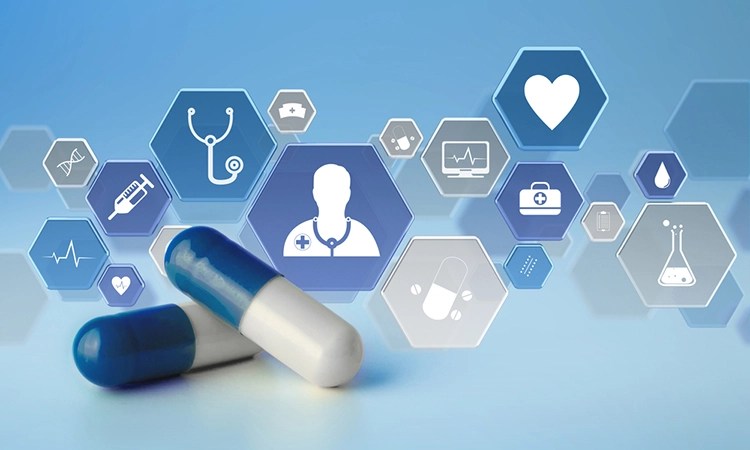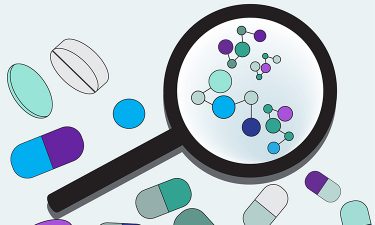Dr John Price explains how life sciences companies are making progress with pharmacovigilance automation and how a new study of pharmaceutical organisations has uncovered potential for improvement in the capture of adverse event data.

Adverse event information comes from healthcare professionals, manufacturers and patients themselves, producing huge volumes of data to analyse. Life sciences organisations face a daily challenge capturing this pharmacovigilance data, assessing its significance and reporting it to the authorities in a timely manner so that safety information can be updated and if appropriate, additional actions can be taken.
It is clear that pharma companies should be harnessing the latest technology to capture and process this workload. The range of technology options is considerable and has proven reliable and highly cost-efficient. However, companies could be exploiting these technologies much more.
Many pharma companies believe they are making good use of technology for adverse event data capture and reporting, according to a recent survey commissioned by Arriello. The research examines life sciences companies’ attitudes towards and plans for pharmacovigilance automation, particularly for case intake and reporting.1
Automation claims
A high proportion of respondents claimed they already made strong use of advanced technology in pharmacovigilance or that they were imminently about to adopt advanced pharmacovigilance-associated technology. However, this finding appears to be at odds with the general perception of pharmaceutical companies’ predominantly manual management of adverse event data capture.
Digging deeper into these findings, when asked whether they thought their organisations were already using automated case intake solutions, or planned to do so over the year ahead, only a fifth of respondents replied affirmatively. Almost half said any plans were at least six to nine months off. Just 10 percent of US respondents said they had automated adverse event reporting and just a fifth has imminent plans to adopt an IT solution for this. However, UK companies appeared to be more ambitious.Almost two-thirds of respondents at large pharma companies and almost half of small- and medium-sized enterprises (SMEs) claimed to use some form of standalone pharmacovigilance automation solution. The proportion of respondents who said they had no imminent plans to implement pharmacovigilance automation was negligible.
 These findings do not align with the claims made about high levels of pharmacovigilance automation. It would seem that respondents who consider that they use advanced technology in pharmacovigilance are in fact referring more broadly to solutions used across the whole spectrum of pharmacovigilance operations. These could include basic electronic data capture in clinical development; auto-narrative generation (dropping data into pre-defined templates); programmed summary tabulations; and listings for aggregate reports, which are often included in the applications/services provided by safety vendors.
These findings do not align with the claims made about high levels of pharmacovigilance automation. It would seem that respondents who consider that they use advanced technology in pharmacovigilance are in fact referring more broadly to solutions used across the whole spectrum of pharmacovigilance operations. These could include basic electronic data capture in clinical development; auto-narrative generation (dropping data into pre-defined templates); programmed summary tabulations; and listings for aggregate reports, which are often included in the applications/services provided by safety vendors.
In fact, the findings appear to mask relative immaturity in adverse event case intake automation. To determine pharma companies’ progress with pharmacovigilance automation, researchers asked what else companies had automated or planned to automate within the pharmacovigilance function. The objective was to reveal specific advances companies had made or indeed not made.
Over half of companies have automated standard document compilation and product quality compliance information, while 40 percent say they have automated solutions for managing regulatory intelligence information, literature screening and auto-narrative generation. Two-thirds of respondents said they had implemented clinical and medical information compilation which rose to 80 percent among respondents in product safety roles.
The survey uncovered several barriers likely to inhibit progress towards automated solutions for adverse event case intake. These were mainly IT-related, including the inability to validate new systems and a lack of familiarity with adverse event case intake technology options (41 percent for both options). Thirty-eight percent of respondents across all sizes of organisation believed an inadequate IT infrastructure prevents them from automating manual case intake.
Boosting reporting volumes
Over half of companies have automated standard document compilation”
The respondents of the survey see a rise in adverse event reporting volumes as a benefit of automation. Across all company sizes, survey respondents considered the top three benefits of pharmacovigilance automation to be: improved compliance; higher reporting volumes; and speed. Of course, companies that can capture reliable information quickly, efficiently and effectively will be able to process higher volumes of data – boosting the chance of important cases being identified and analysed.
Over half of respondents from smaller companies rated improved efficiency as the primary benefit, followed by speed of turnaround. For large companies, keeping pace with peers and meeting compliance targets were deemed as the main advantages. Surprisingly, 35 percent of all respondents cited the potential for resource redeployment as a potential benefit.
Pharmacovigilance potential
 Pharmacovigilance automation is happening, but it is not reaching its potential. This may be because pharmacovigilance functions are widely viewed as a costly expense rather than a function that could add value to the business. Only six percent of all respondents felt their organisation would be ‘very disadvantaged’ by a lack of pharmacovigilance automation.
Pharmacovigilance automation is happening, but it is not reaching its potential. This may be because pharmacovigilance functions are widely viewed as a costly expense rather than a function that could add value to the business. Only six percent of all respondents felt their organisation would be ‘very disadvantaged’ by a lack of pharmacovigilance automation.
Clearly, the benefits of automating and enhancing pharmacovigilance data are not high on the priority list of senior stakeholders. However, companies that tap into the very tangible benefits of automating the capturing, processing and reporting of adverse event data will soon leave rivals standing when it comes to efficiency.
About the author
John Price is the owner and Medical Director of John Price PharmaSolutions LLC. He is a life sciences regulatory and safety expert and consultant. John is also an advisor to pharmacovigilance management service provider, Arriello.